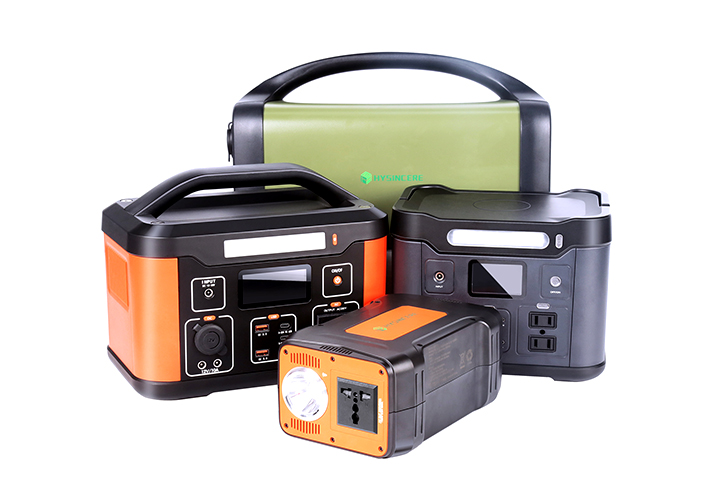source:other news
release time:2023-08-10
Hits:0
Popular:

capacity
The capacity unit of a battery is coulomb (C) or ampere hour (Ah). There are three specialized terms for characterizing the capacity characteristics of batteries:
a. Theoretical capacity. It refers to the amount of electricity calculated based on the electrochemical equivalent number of active substances participating in electrochemical reactions. Generally, in theory, 1 electrochemical equivalent substance will emit 1 Faraday electricity, that is, 96500C or 26.8Ah (the amount of 1 electrochemical equivalent substance is equal to the Atomic mass or molecular weight of the active substance divided by the number of electrons in the reaction).
b. Nameplate capacity. It refers to the minimum amount of electricity that a battery should discharge under specified discharge conditions, as specified or guaranteed during the design and production of batteries.
c. Actual capacity. It refers to the amount of electricity that a battery can release before terminating its voltage under certain discharge conditions, namely at a certain discharge current and temperature.
The actual capacity of the battery is usually 10%~20% larger than the Nameplate capacity.
The size of battery capacity is related to the quantity and activity of active substances on the positive and negative electrodes, as well as to the structure and manufacturing process of the battery and the discharge conditions (current, temperature) of the battery.
The comprehensive indicator that affects battery capacity is the utilization rate of active substances. In other words, the more fully active substances are utilized, the higher the capacity provided by the battery.
The utilization rate of active substances can be defined as:
Utilization rate=(actual battery capacity/theoretical battery capacity) × 100%
Alternatively, utilization rate=(theoretical dosage of active substance/actual dosage of active substance) × 100%.
Read recommendations:
lithium trolling motor battery direct sales
lithium batteries for solar panels
LiFePo4 Battery Pack 12V 350Ah

Last article:Classification of lithium batteries.lifepo4 battery 12v 200ah
Next article:electromotive force.portable power station with solar panel
related suggestion
36 volt golf cart batteries
2023-04-07deep cycle trolling motor battery direct sales
2023-04-07lithium trolling motor battery price
2023-03-20lithium golf cart batteries Processing
2023-03-22solar energy storage Processor
2023-03-20solar power battery storage direct sales
2023-04-07solar battery storage system cost
2023-05-08best battery for solar panel
2023-05-08solar batteries for home
2023-05-08marine batteries for sale
2023-05-08best solar powered generator
2023-05-08best solar generator for home
2023-05-08High Temperature Lithium Battery 18650 26650 Cell
2022-10-1812V Rechargeable Lithium Ion 18650 Battery Pack 2000mAh
2023-02-14HB-S1200 1200W Waterproof IP54 Solar Portable Power Station Support Wireless Charge
2022-09-29Home Energy Storage Battery 51.2V 200Ah 10KWh Stackable Module
2023-04-1014.4kWh 28.8kWh 100kWh Sodium Ion Battery Energy Storage SIB Pack System
2024-07-05Lithium secondary battery.solar powered generator for home
2023-05-19Nickel -hydride battery design method
2023-02-03Positive overcharge reaction.deep cycle marine battery Processing.solar batteries for home manufacturer
2023-04-18Is the solid lithium ion battery good or liquid lithium ion battery?solar battery storage system
2023-03-08Do Solar Power Generators Make Clean Energy?
2022-09-08Specific interpretation of lithium battery pack.solar battery storage system cost
2023-06-10Light lithium battery weight.best batteries for solar power storage
2023-06-08The development of traditional lithium-ion battery pack technology is slow, and the space for further optimization is limited
2022-11-25What are the functions of the battery management system?lifepo4 battery 12v 200ah
2023-03-17What is the 18650 lithium battery?best portable solar generator
2023-05-13